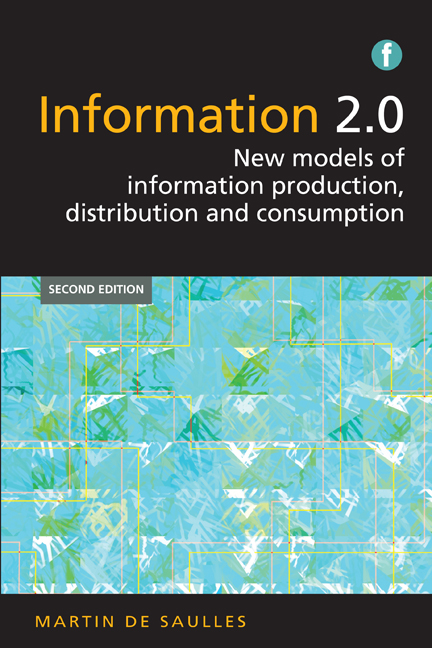Summary
Introduction
We have seen in the preceding chapters how the digitization of information is transforming a number of industries including book, newspaper and music publishing, and changing the roles and responsibilities of those who manage information within organizations. Although there is a danger for industry commentators and analysts to overplay the role of technology in influencing organizational and societal change, an objective of this book has been to show that real changes are under way. Examples and case studies have been used to illustrate how established organizations are responding to these challenges and how new companies are being formed to take advantage of them. Alongside the focus on organizational change has been a consideration of the impact these developments are having more broadly on the work of information professionals. This concluding chapter will bring together some of the themes and issues already discussed and examine what they might mean for information workers, publishers and, more broadly, society in the second decade of the 21st century.
The struggle for control in a networked world
In both the public and commercial sectors there is a tendency for organizations to grow in the scale and scope of their operations. Pioneering companies such as Ford and General Motors realized that economies of scale achieved by increasing production would allow them to produce their cars at a lower cost, making them more competitive in the marketplace. Governments have tended to follow this pattern as well as most politicians and civil servants, despite what they claim in public, preferring to extend the reach of their operations. This is not necessarily to criticize this tendency; lower prices for consumers should generally be seen as a good thing and larger government departments may be able to deliver public services more efficiently. In 1937 the economist Ronald Coase (1937) pointed out that the primary reason individuals act collectively under the umbrella of the firm is to reduce transaction costs. These are lower when managed within an organization than when carried out by and between individuals. Coase's theory explains the rise of large enterprises since the industrial revolution, particularly during the 20th century.
- Type
- Chapter
- Information
- Information 2.0New models of information production, distribution and consumption, pp. 131 - 144Publisher: FacetPrint publication year: 2015



